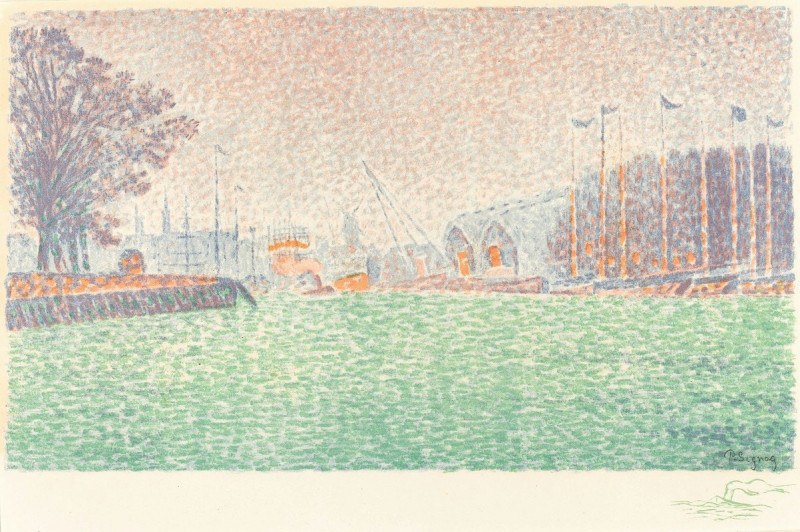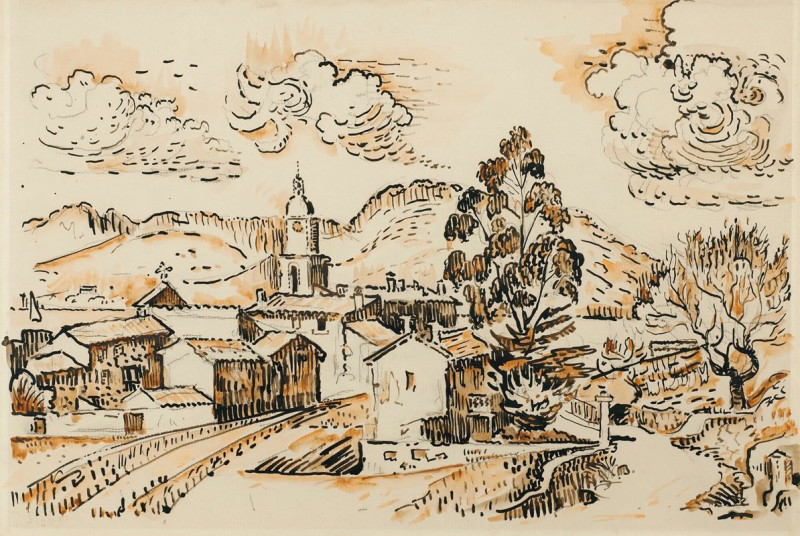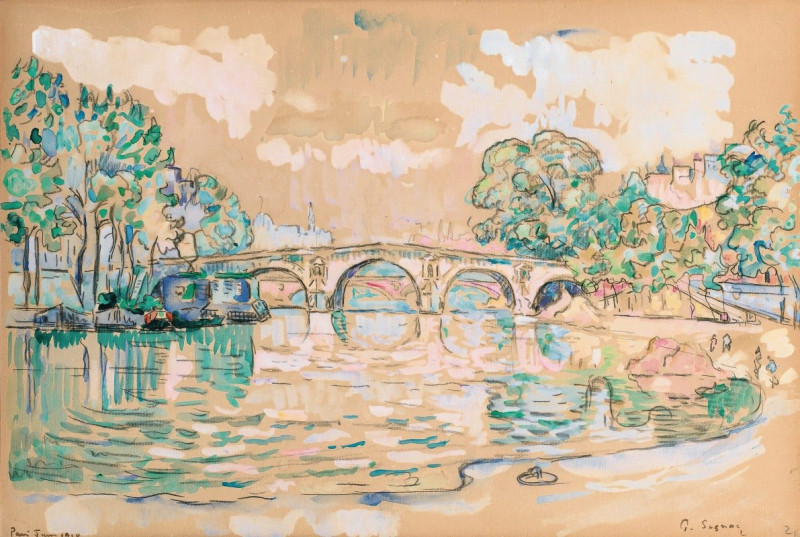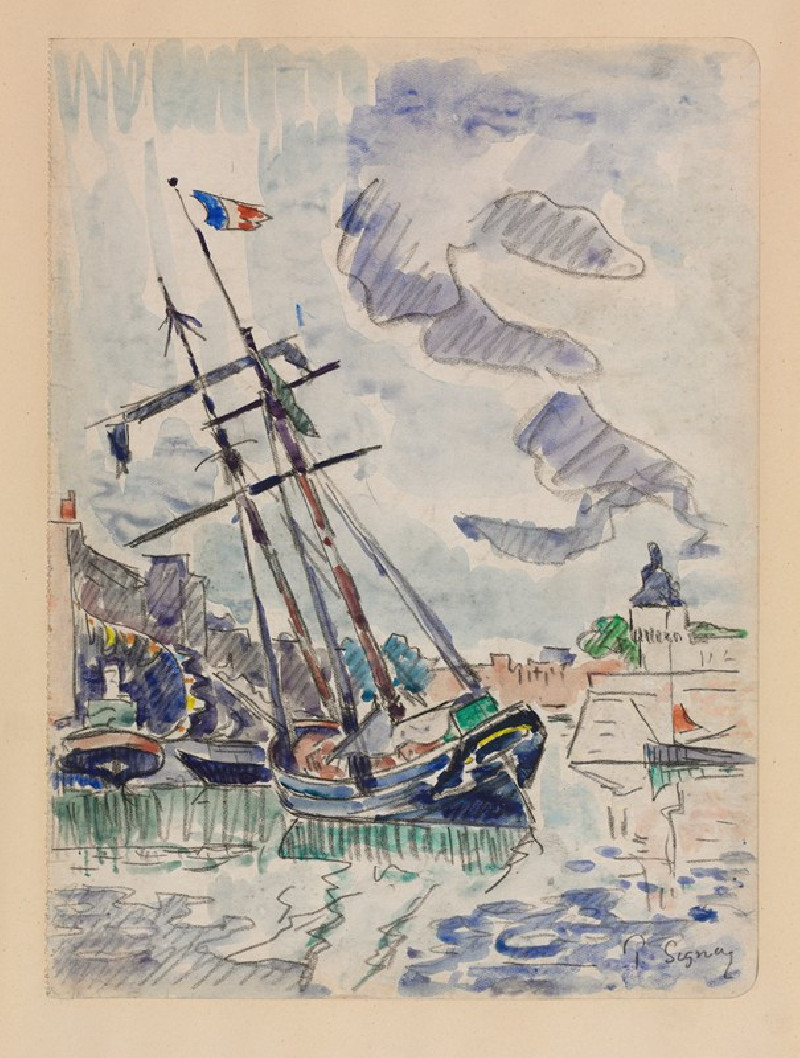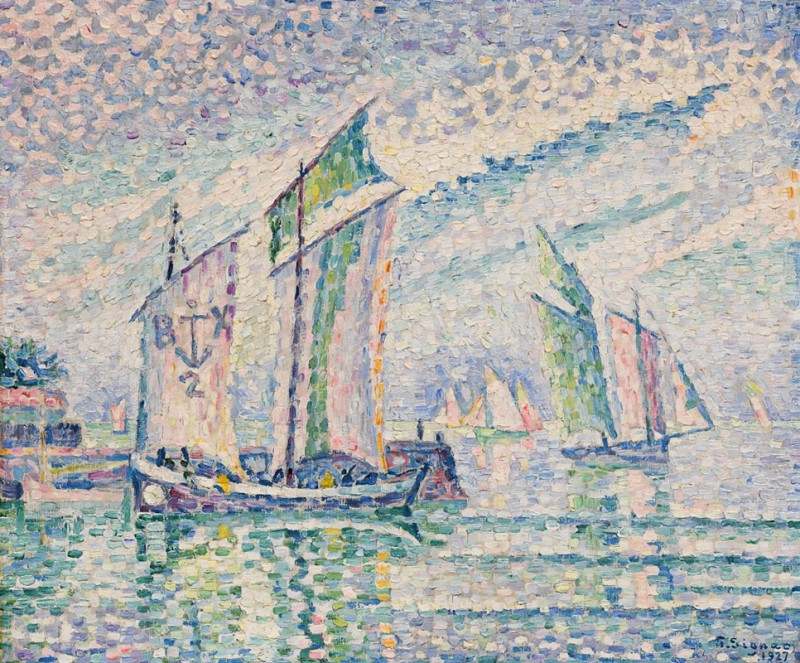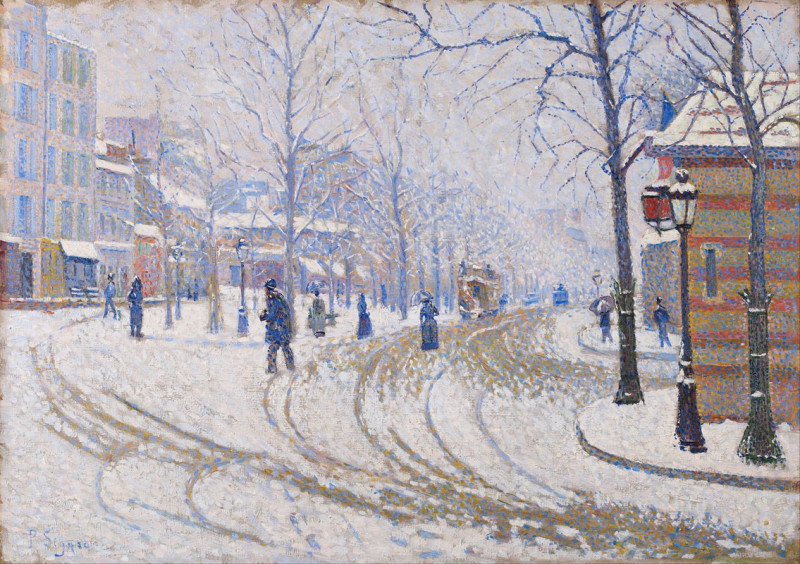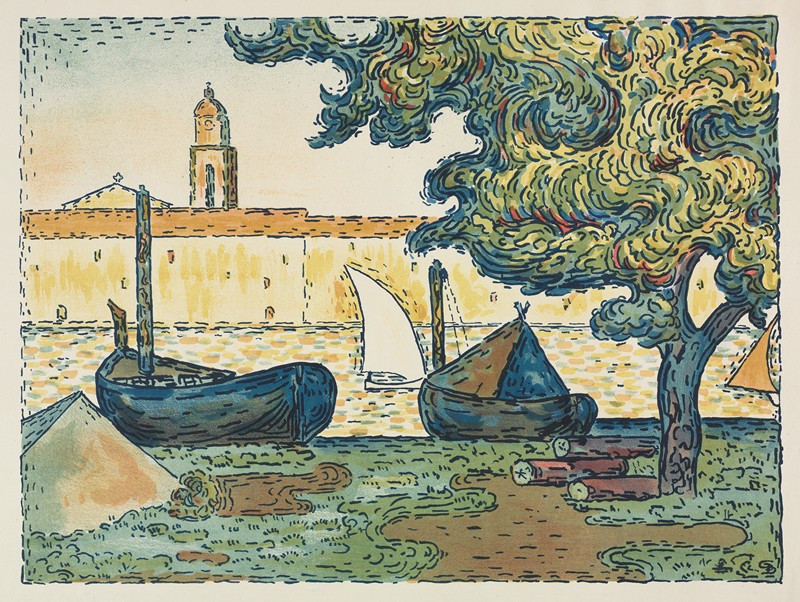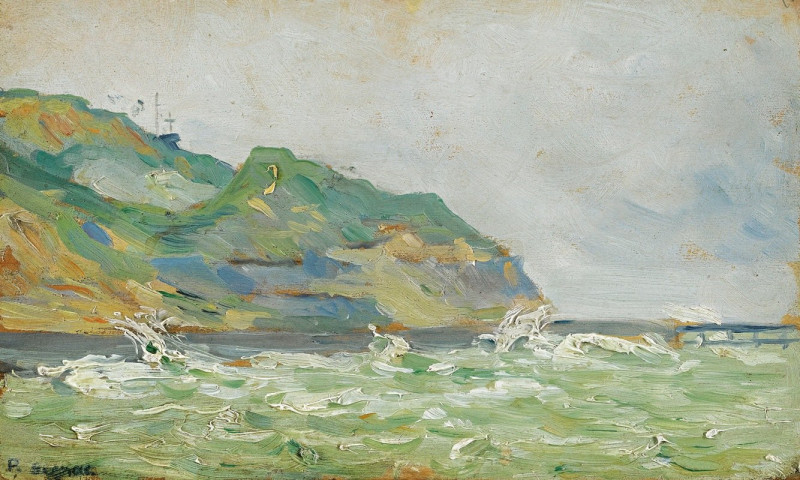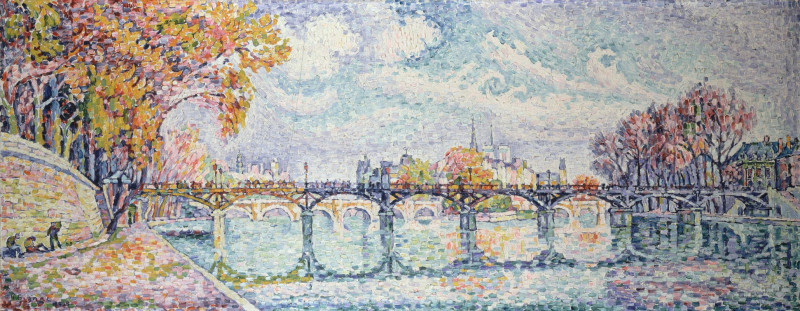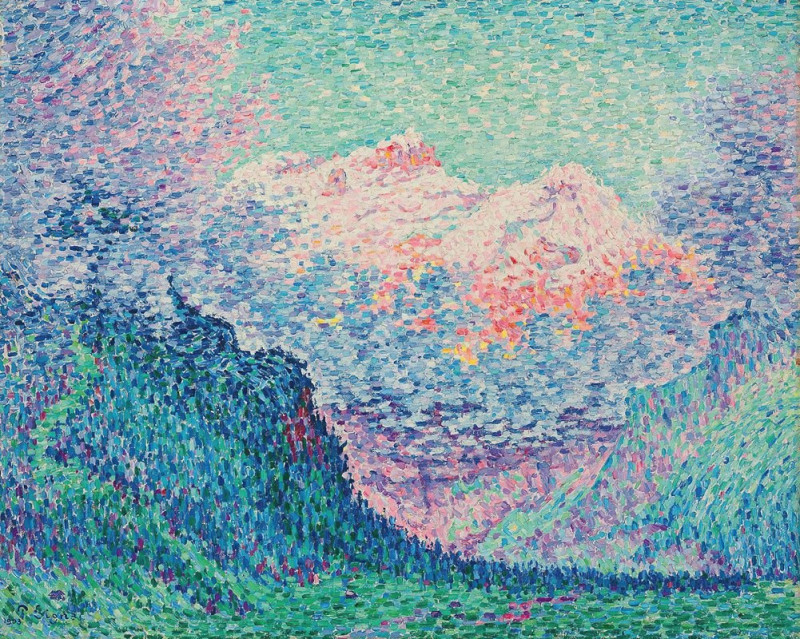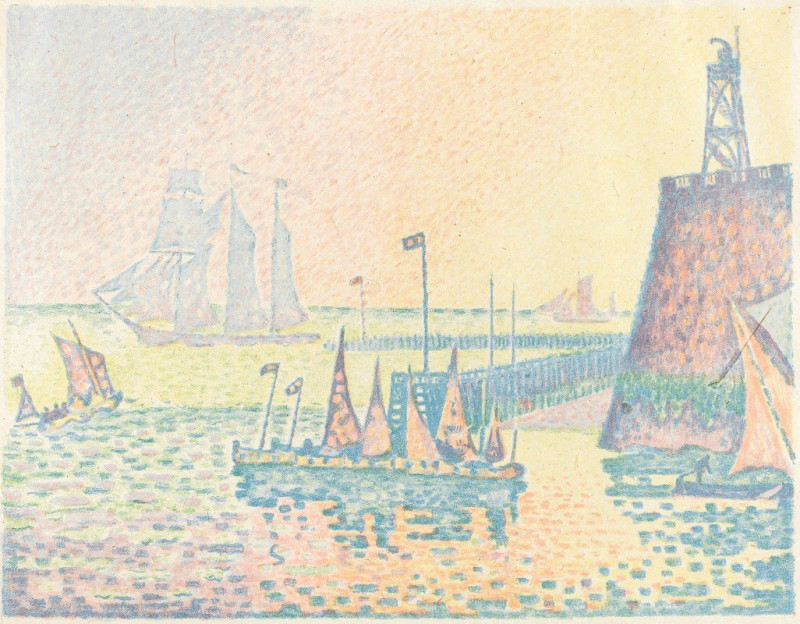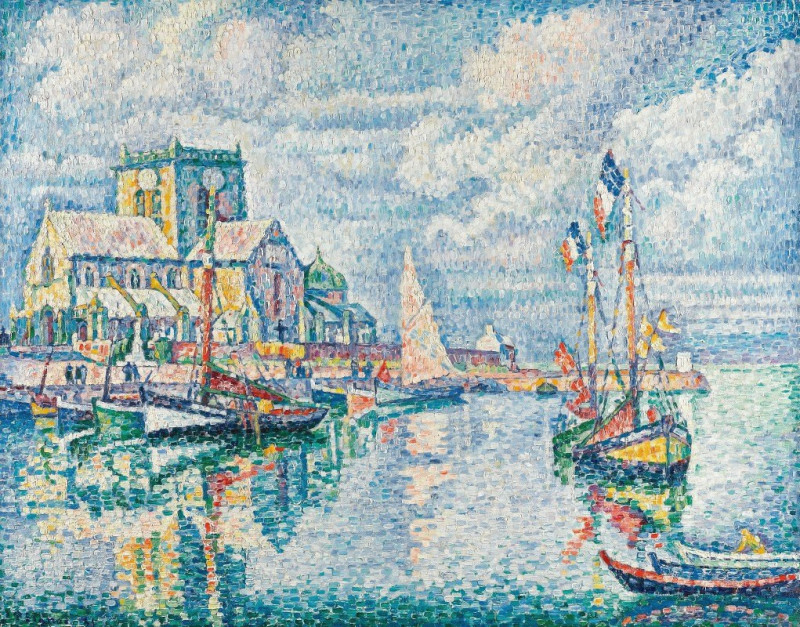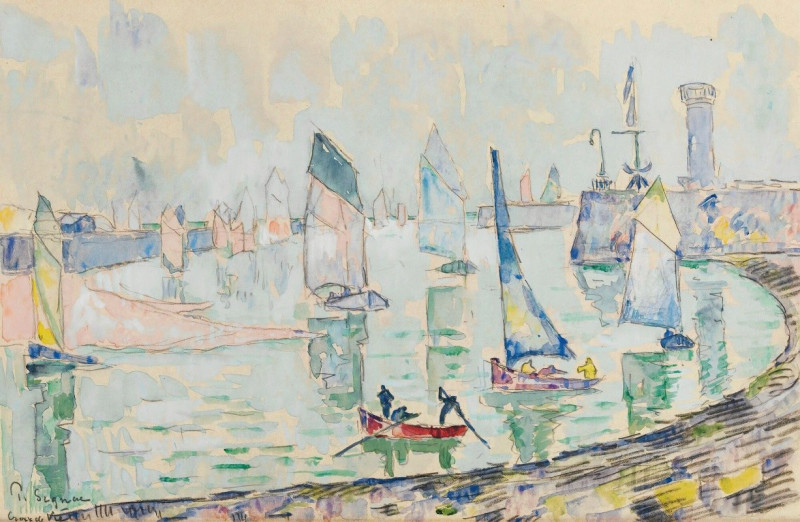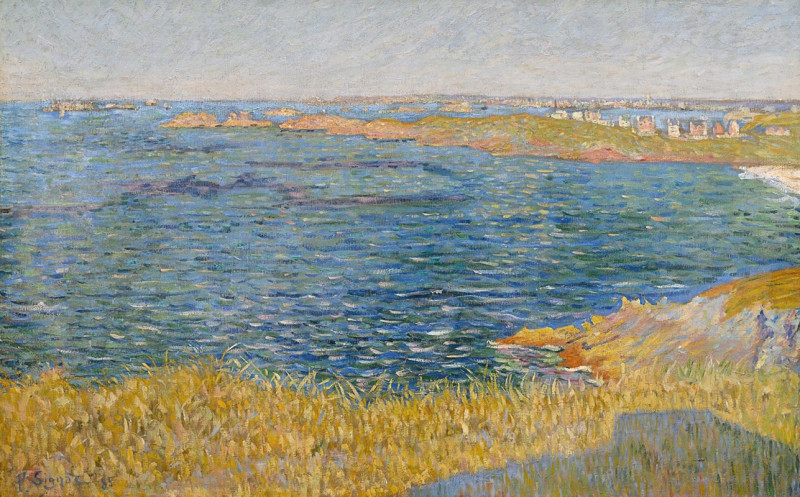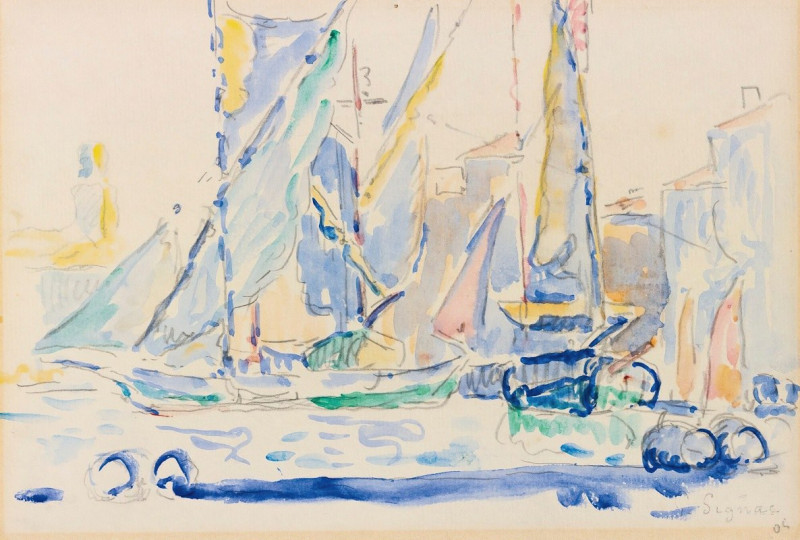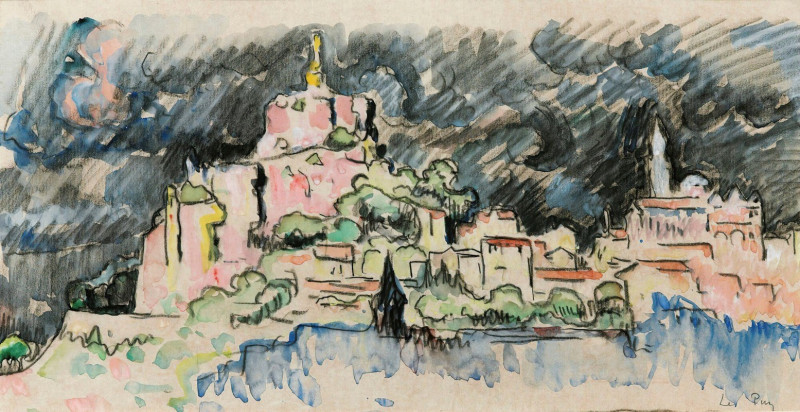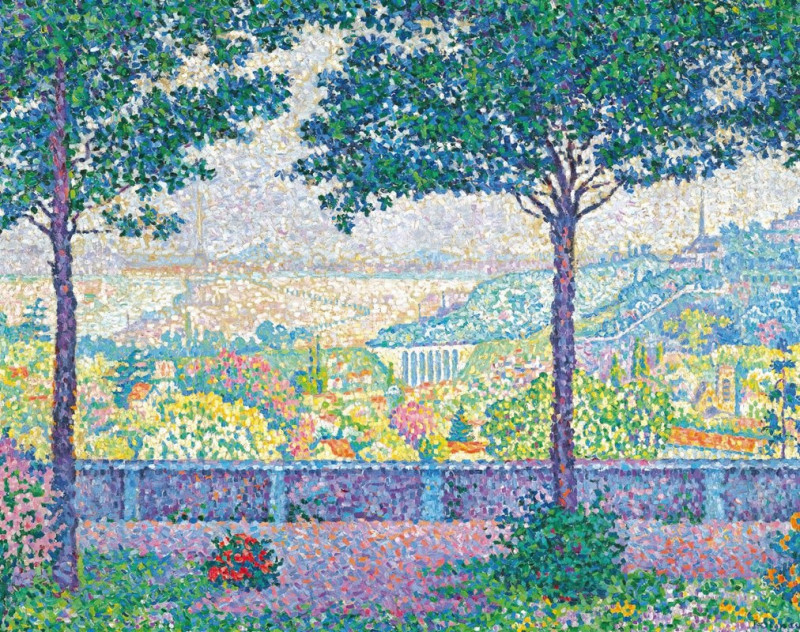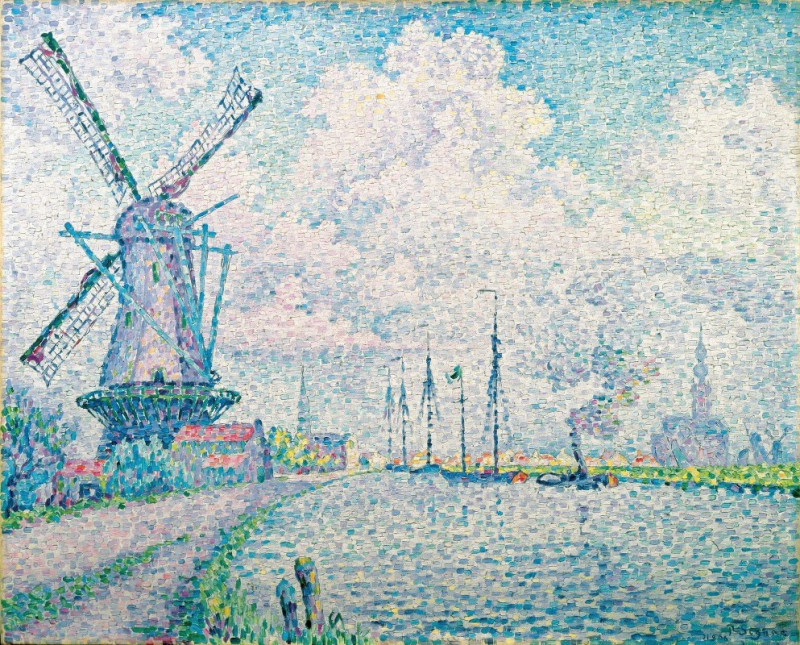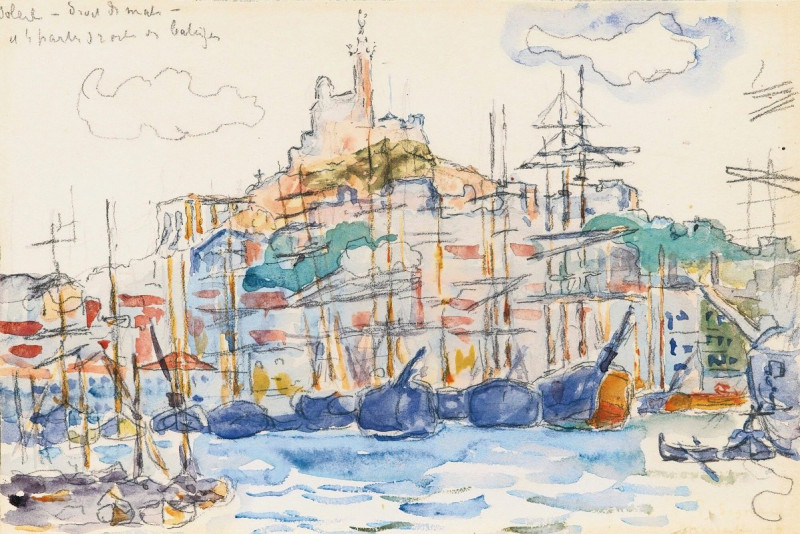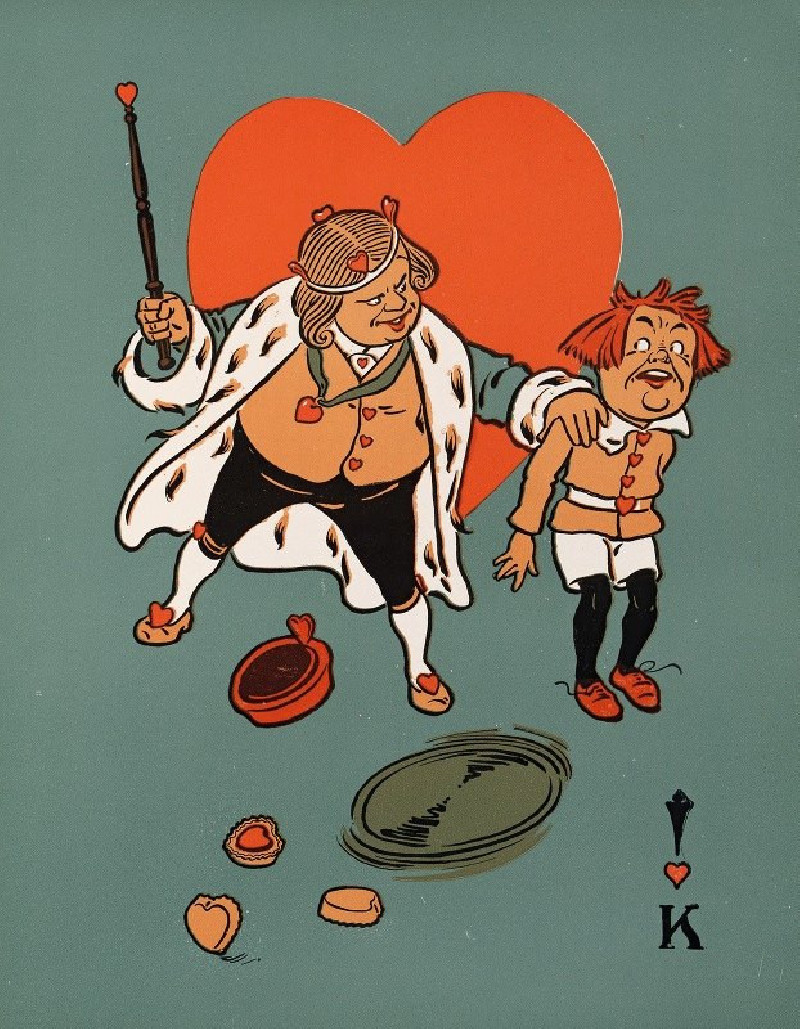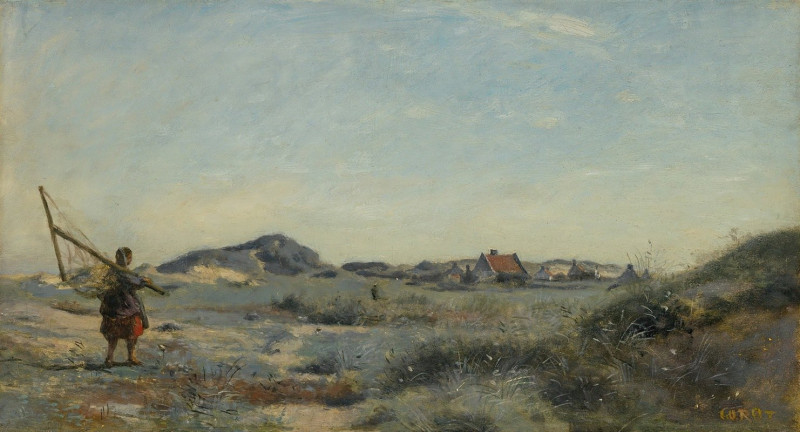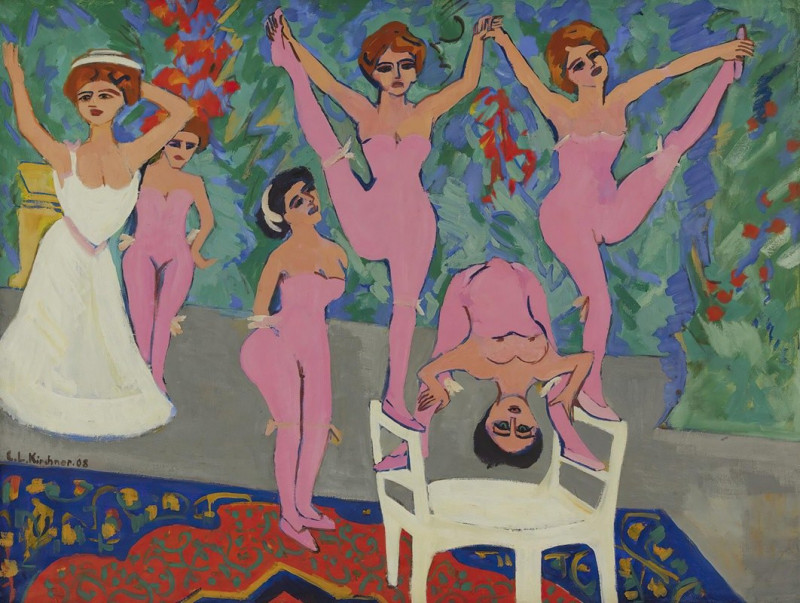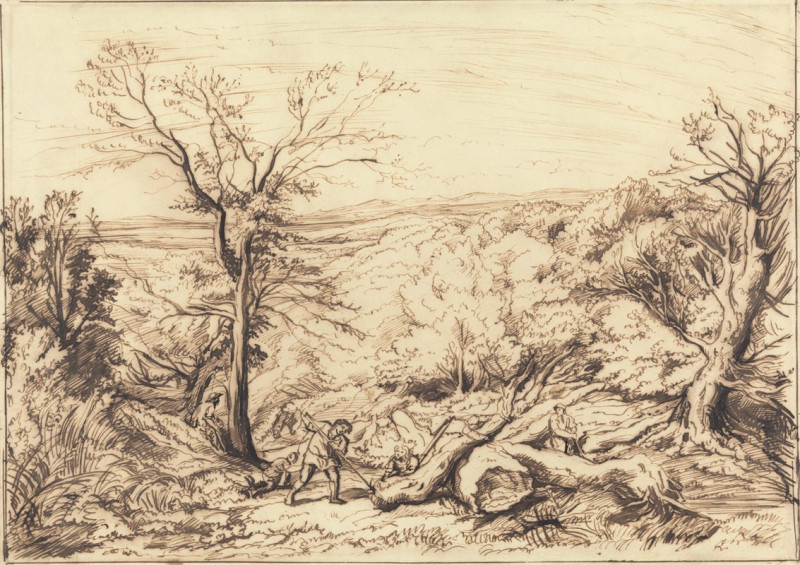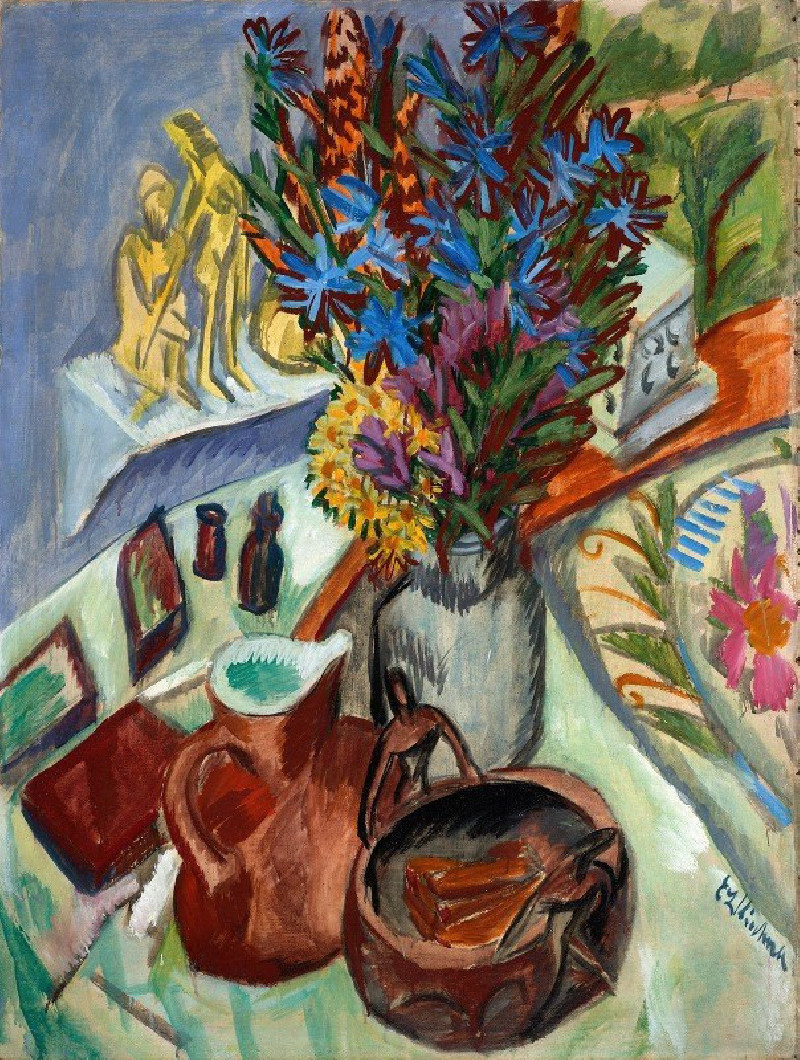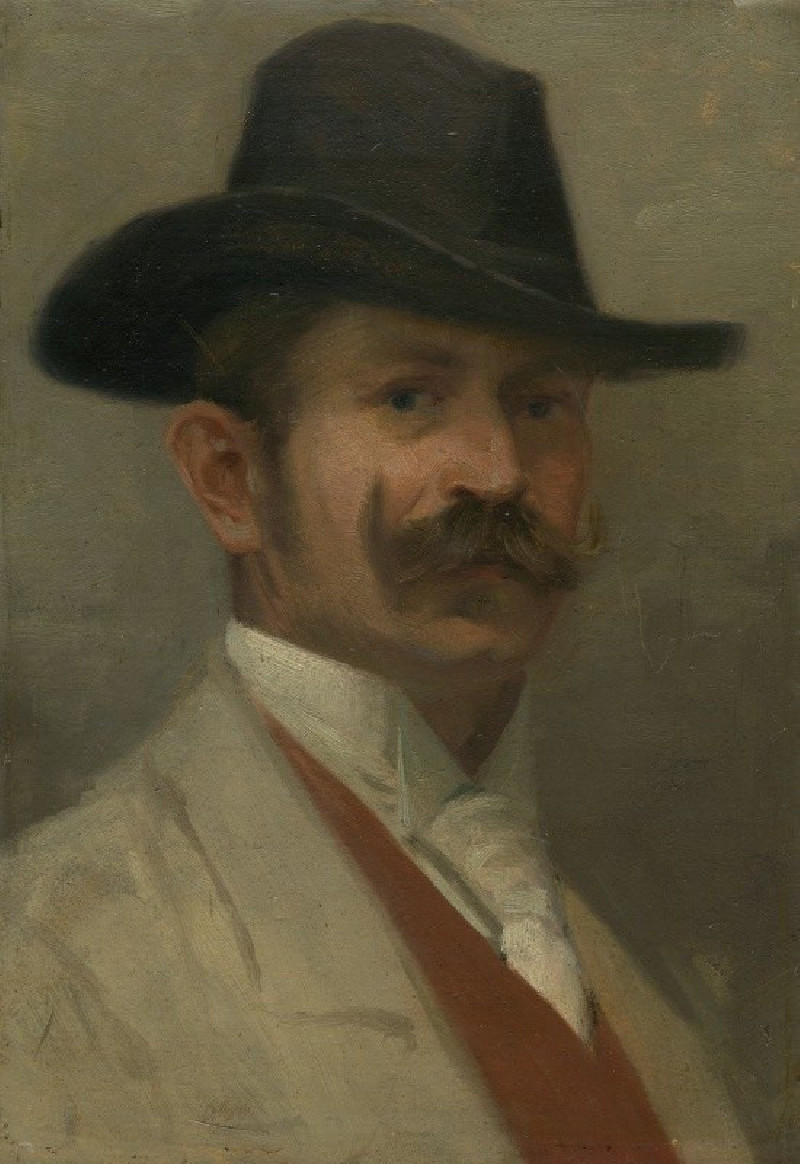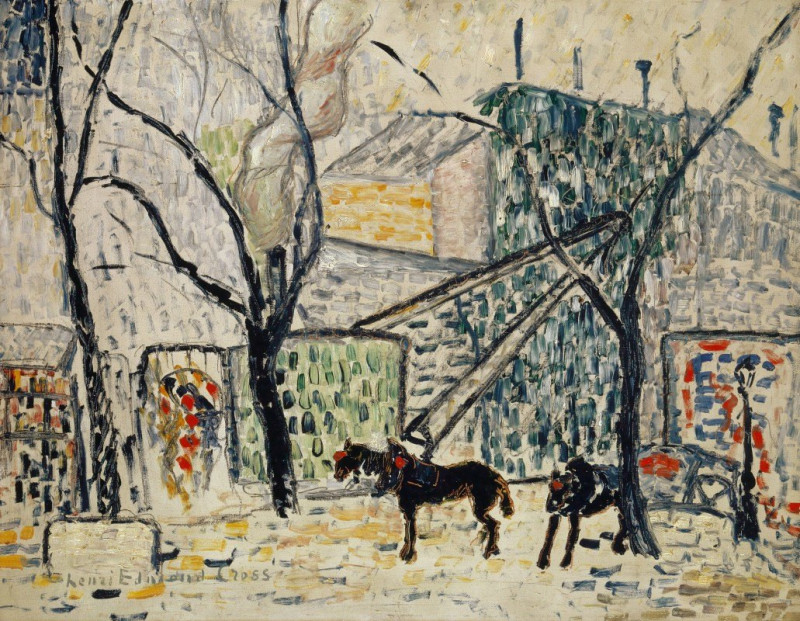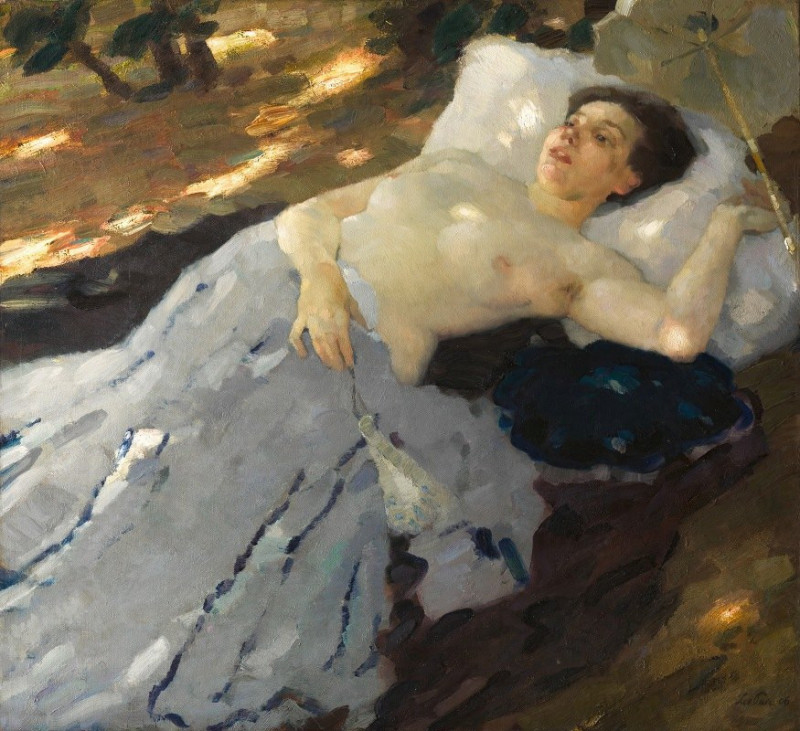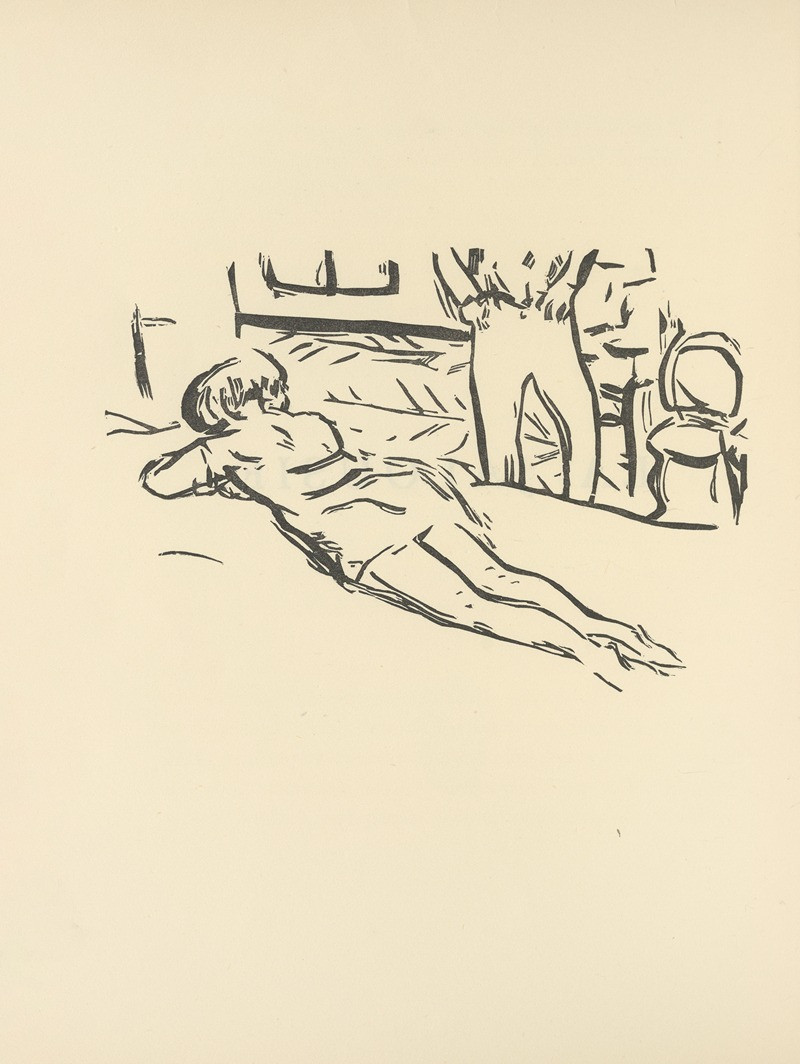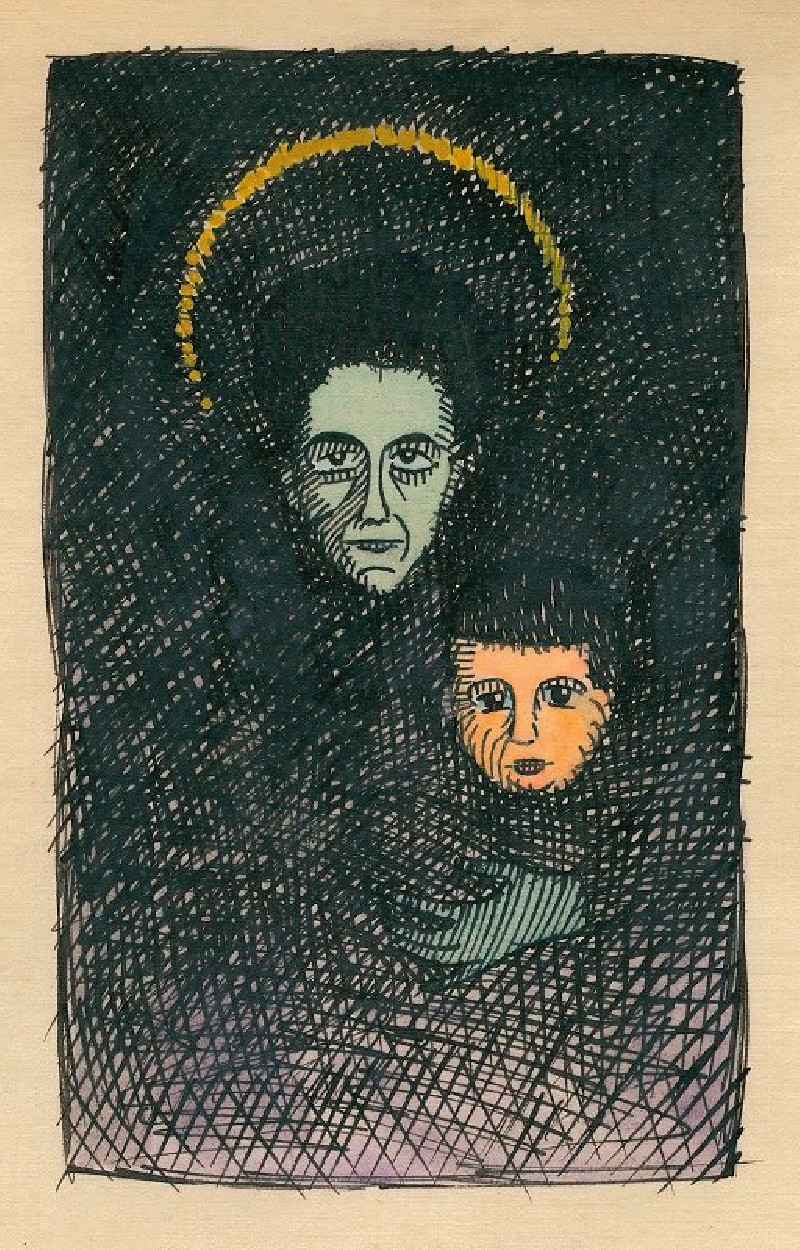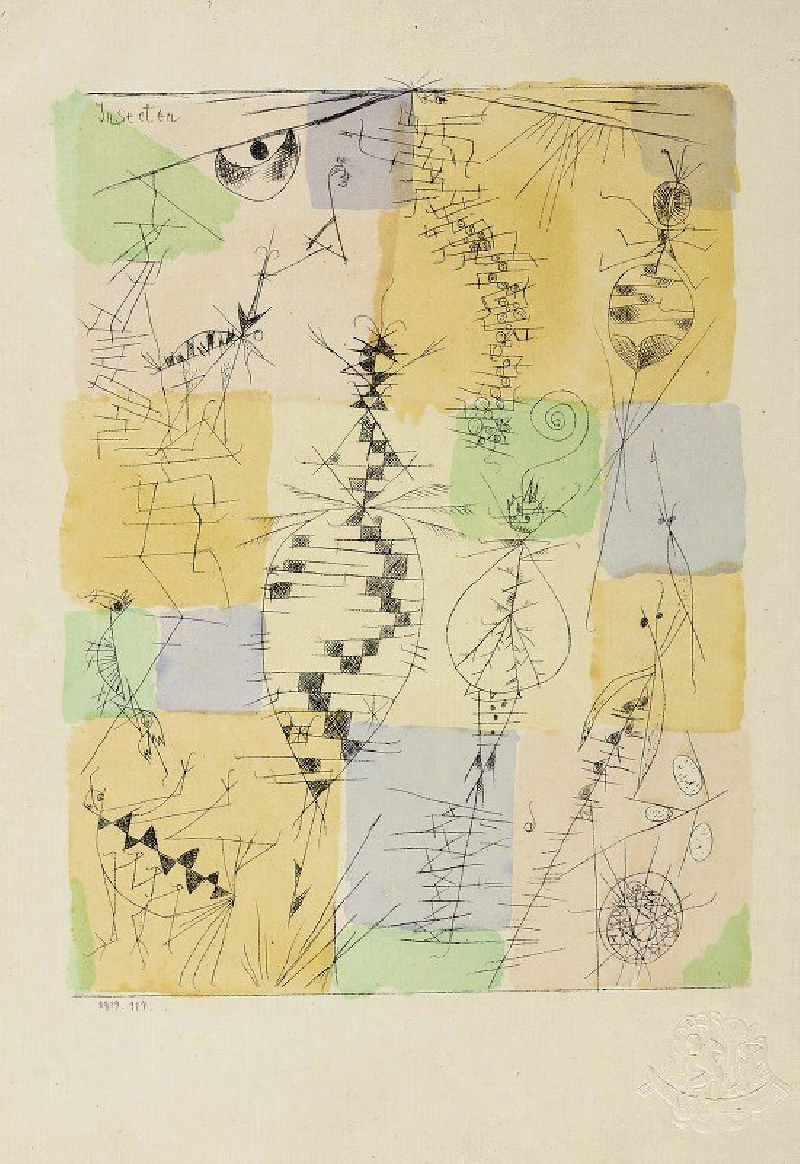At Flushing (A Flessingue) (1895)
Technique: Giclée quality print
Recommended by our customers
More about this artwork
Described in soft pastel hues, "At Flushing" by Paul Signac captures a tranquil maritime scene at the Dutch port town of Vlissingen, known in French as Flessingue. Characteristic of Signac’s pointillist technique, this painting is composed of small, distinct dots of color, meticulously applied to create an illuminated entirety. The artist’s fascination with water and its interplay with light is evident here, portraying the calm sea shimmering under a light sky, bordered by the town's distinctive architecture.The foreground of the painting is dominated by the serene, greenish waters, suggesting the quiet ebb and flow of the sea. The mid-ground introduces the bustling port, detailed with moored ships whose masts rise sharply against the skyline. The touches of orange and red amongst the vessels add a vibrant life to the scene, contrasting effectively with the softer shades of the water and sky.On the left, a leafless tree stands starkly, its fine branches etched against the sky, perhaps signifying the winter season. The right side features the town’s buildings, their traditional European architecture rendered in cool greys and blues, punctuated by the warm glow from the windows—a subtle invitation to ponder the cozy life within.This composition, while quiet and seemingly straightforward, carries the dynamic essence of Neo-Impressionism—emotion conveyed through color and light, with each dot playing a crucial part in the symphony of the scene.
Delivery
Returns
Paul Signac (1863-1935) was a French Neo-Impressionist painter. Together with Georges Seurat, Signac developed the Pointillism style. He was a passionate sailor, bringing back watercolor sketches of ports and nature from his travels, then turning them into large studio canvases with mosaic-like squares of color. He abandoned the short brushstrokes and intuitive dabs of color of the impressionists for a more exact scientific approach to applying dots with the intention to combine and blend not on the canvas, but in the viewer's eye.

